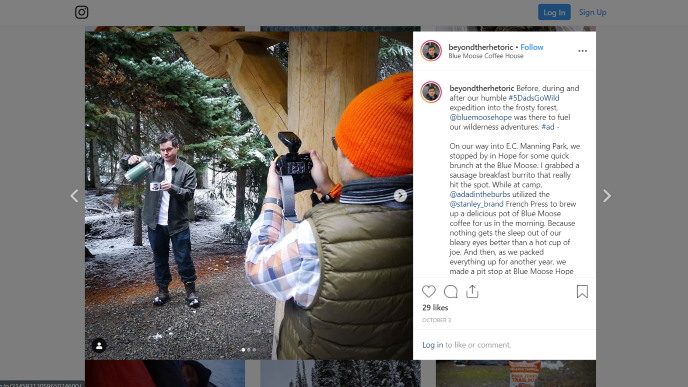Companies have products and services they’d like to sell you. The challenge, in this way, has always been two-fold. First, they need to be able to reach you in some way. Second, once they’ve managed to get your attention, they need to convince you that you should pay for their product or service. It’s the tale as old as time, though the specifics of the tale have certainly changed over time. And we’re now very much engulfed in a brave new world of what marketing and advertising actually mean.

Whereas print ads in newspapers and magazines have been around for decades, the effectiveness in reaching audiences has understandably been waning ever since the dawn of the digital age.
When was the last time you actually picked up a physical newspaper or paid for a physical magazine at the newsstand? And while there may still be a place for television commercials, PVRs/DVRs have empowered viewers to skip commercials… assuming they watch conventional television at all in this age of cord cutters.
Personalizing the Brand Message
So, where does this lead us with the future of advertising? You probably already know the answer to some degree, especially if you’ve spent much time reading blogs, watching YouTube videos, or listening to podcasts. “Branded” content, advertorials, sponsorships and other variations on influencer marketing have really only just begun.
We’ve barely scraped the tip of the iceberg at this point, especially as more and more brands recognize just how much further their ad spend can go compared to more traditional media options.
We’ve been seeing this transition toward increasingly personalized “brand messaging” for a number of years. It used to be that you might just throw a banner up on your website and earn a flat rate. Then, it may have moved to a CPM model, and then later a CPC model. After affiliate marketing hit more of the mainstream, CPA/CPS and other “performance” based models took off. But even then, many of these ads weren’t really personalized to the publisher or the reader. They were just pushed out across the board.
In Your Own Voice
And that’s really where influencer marketing has completely changed the game. If XYZ Company approaches one influencer to promote a product on their Instagram, that influencer is going to offer a completely different image and text than another influencer, even if they operate within the same niche.

The audience is a little different, the voice is different, the approach is different. Fans of these influencers follow them because of their unique perspectives or personalities, and it is this very real connection that brands are trying to leverage with these types of sponsored deals.
In the case of YouTube, while a brand can pay for a video that is completely dedicated to their product or service, more often you’ll find the “advertisement” portion as a segment within the larger video. To this end, the “advertising” is still very much an “ad” and it is usually seen as such. Similarly, a podcast may contain a commercial break with “a word from our sponsor,” just like how you’d find on the radio or on television. And it’s really easy for listeners and viewers to skip these ads.
The advertiser has “reached” the audience, except they really haven’t. And that’s why it appears that the future of advertising is to overcome this problem. Put another way, it’s taking the “personalized” message of influencer marketing and taking it even further.
Ads That Don’t Look Like Ads
A prime example of this is Malcolm Gladwell’s podcast.
It has sponsors too, except some of these segments are really positioned as just more content, content that audiences actually want to hear, even if they know it’s technically and clearly an advertisement. Rather than just touting the features and benefits of some product, he may have the CEO of the company on as a guest in a segment that’s part of a larger podcast. That segment can be informative and entertaining, while also working to promote the company and its products.
In other words, the future is advertising are ads that look less and less like ads. As a content creator yourself — social media, blog, vlog, podcast, etc. — really think about the kind of value you can deliver to brands who seek out these types of sponsored collaborations. How can you help them reach and engage with a wider audience, all while retaining the integrity and quality of your own content? How can you establish a win-win-win all around?
